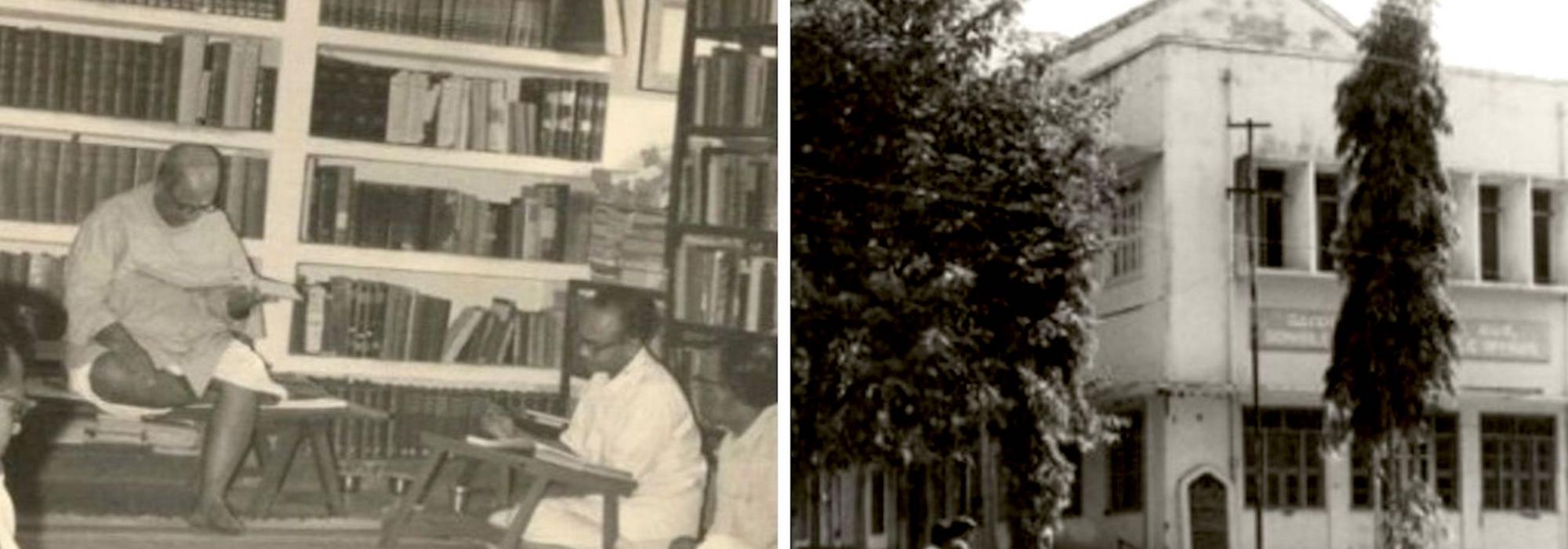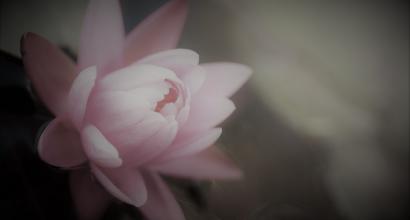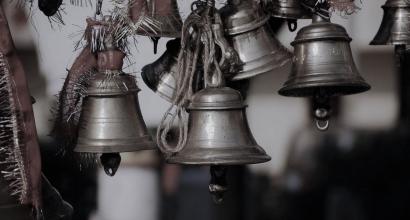The long years of service that DVG rendered variously as the member of the Municipal Council (1915-16), Legislative Council (1927-40), Mysore University Senate (1927-42), Mysore State Reforms Committee (1938-39) and other expert committees was inspired by this selfsame spirit of all-encompassing dedication to the nation. The index finger that shaped and guided his life was the following verse which he used to repeatedly recall:
jñāninā caritum śakyaṃ
samyag rājyādilaukikaṃ
Only the real Jnani (Wise) can harmonize the vicissitudes of both Government and worldly affairs.
This verse by Sri Vidyaranya and Gopalakrishna Gokhale’s famous ideal, “public life must be spiritualized” are good signposts to understand D.V.G’s life and accomplishments. D.V.G. has expounded their foundational treatises and methods of practical application in books such as Rajyashastra, Rajyangatattvagalu, Rajakiyaprasangagalu, and countless newspaper columns.
Wit and Humour
It is not incorrect to claim that D.V.G’s personality, like his works, was amazing. Simple living. Unceasing literary penance. Highly principled but unsterile conduct. Friendliness. Love of the arts such as music. Respect for scholarship. Humour and fun. Non-envious. Selflessness. Constant meditation on national interest. For all these reasons, D.V.G’s personality was far loftier than his published writings. To those who had the fortune of seeing him at close quarters, he was a mine of wonder. Several folks used to liken him to the [Samuel] Johnson of Kannada. Be it any episode, any person, a whole slew of humorous anecdotes fitting the occasion would flow forth from him. Extraordinary memory was among the boons that God had granted D.V.G. An incident that had occurred years ago, a random person he had met somewhere, a song someone had sung, an information he had gathered from somewhere – D.V.G. would never forget even the tiniest detail. The moment it touched his ear, it stayed recorded till eternity. Epigrams (in verse/sloka), satirical poems, bizarre personalities, crooked habits of famous people – D.V.G. was able to narrate all these plentifully.
D.V.G had the mental proclivity to unfailingly spot an opportunity for humour even in episodes involving history and great personalities. It was a grand feast for those who engaged in conversation with him. Majority of all such humourous chats remained as conversations and were never printed (Indeed, there were many portions that were unprintable!).
His Jnapakachitrashale (Art Gallery of Memories), the pen portraits of various people he had known, originally appeared in serialized form in various magazines. These were later compiled into individual volumes. It is here that D.V.G’s sense of humour is most pronounced. It was not uncommon for this humour to creep in conversations with and letters to friends.
Sometime in the mid-1960s, one evening, a conversation was in full flow as usual. D.V.G’s age was approaching eighty. He said to me: “It is true that I’m facing some difficulties obviously due to old age. In spite of this, till the time we have the friendship of a few people, the enthusiasm for life will not ebb. At times, I do get upset. The reason for getting upset—friends who had stood with me in sorrow and joy are passing away one after the other. If I feel happy reading a good poem or essay, who do I share it with? B.M. Srikantaiah? T.S. Venkannaiah? A.R. Krishna Sastri?” It can be said that this trait of friendship was the marked characteristic of D.V.G’s personality. The lustre that animates D.V.G’s literary endeavours came precisely from this life-quality.
“Sri Gundappa is himself a beautiful epic poem of humanity,” said Masti on an occasion.
His intimacy was equally distributed across the society ranging from eminent people right up to the proverbial ordinary masses. When we think about this facet of his personality, it appears that literary work was just a minuscule aspect of his life.
No class of people was unfamiliar to him. Blacksmiths, flower-sellers, weavers, barbers – he had the ability and the felicity to talk to such people for hours on end. For a few days, it was our routine to take a short walk around the surrounding streets of Gandhibazar and head towards the Gokhale Institute. In those days, we would encounter someone almost at every ten steps. Whether they were vegetable vendors or carpenters, D.V.G. would pause for a couple of minutes and enquire the well-being of that individual.
On one occasion, K.S. Haridasa Bhatta commented that sitting with D.V.G. was akin to sitting in the Time Machine of H.G. Wells.
The ideal and intent behind all literary and social work of D.V.G. was to construct an environment conducive for leading a life of integral equanimity. Scholarship; compassion; philosophical outlook; healthy interest in worldly affairs; intellectual inquiry; conviction in tradition; talent; hard work – very few people have blazed a lofty trail of harmonizing all these traits within them. D.V.G. deeply respected the ancient tradition of Bharatavarsha. However, he was not an inert practitioner of orthodoxy. When the mass movement demanding temple entry for Harijans was launched in the 1930s, D.V.G. advocated in the Legislative Assembly that the Government must support this reform from the perspective of social good (26 January 1937).
Melting Compassion
Several people are aware of the fact that D.V.G. exerted the maximum impact in shaping me and influencing my life. The Divine providence showered upon me is the twenty-plus years of close association with D.V.G. I continue to feel that this is the great fortune of my life. He taught me to lead an equanimous life. He taught me social accountability. He taught me how to distinguish between the sturdy and the hollow. He taught me contemplation and study. He regarded literature as the extension of a life of values. Even in situations involving extraordinary difficulty and extreme adversity, his magnanimity did not fade. I haven’t seen anyone else who had such total involvement with society. The kind of unwavering serenity he displayed even in several pernicious situations astonished me.
However, despite possessing such indomitable inner hardiness, I have also witnessed several instances where his heart melted. If we narrate a couple of instances where he cried profusely, it is possible to imagine his personality.
In the aftermath of D.V.G. getting the honorary doctorate (1961), a lady from Shimoga wrote him a letter. Her husband had just died. “Is it mandatory for widows to shave their head? What do the Sastras say?” This was her question. D.V.G. visualized her plight and wept profusely. Then he wrote a few words consoling her; he told her his opinion that there was absolutely no basis in the Sastras to support the practice of tonsure.
Another episode. The Gokhale Institute of Public Affairs had organized a discourse by Sri G.P. Rajarathnam. In those days, Sri Rajarathnam was an immensely popular speaker. The audience was jampacked. After the lecture concluded, D.V.G. stood up to deliver the vote of thanks as was customary. Speaking about the greatness of the topic and the beauty of Rajarathnam’s exposition of it, D.V.G’s voice became choked. He couldn’t control the teardrops. After a while, he addressed the audience: “Kannada is such an elegant language! I will bow down to all of you and say this – Kannada is a language that deserves all of our love! Retain your attachment for it, grow your love towards it, please don’t let go of this language.”
I recalled these instances merely by way of example. The company of such people endows us with true Samskara [culture, refinement].
*****
It is not the intent of the present essay to survey D.V.G’s life and body of work. The limited scope here is to attract attention to some facets that highlight a few métiers of his personality.
To be continued











































